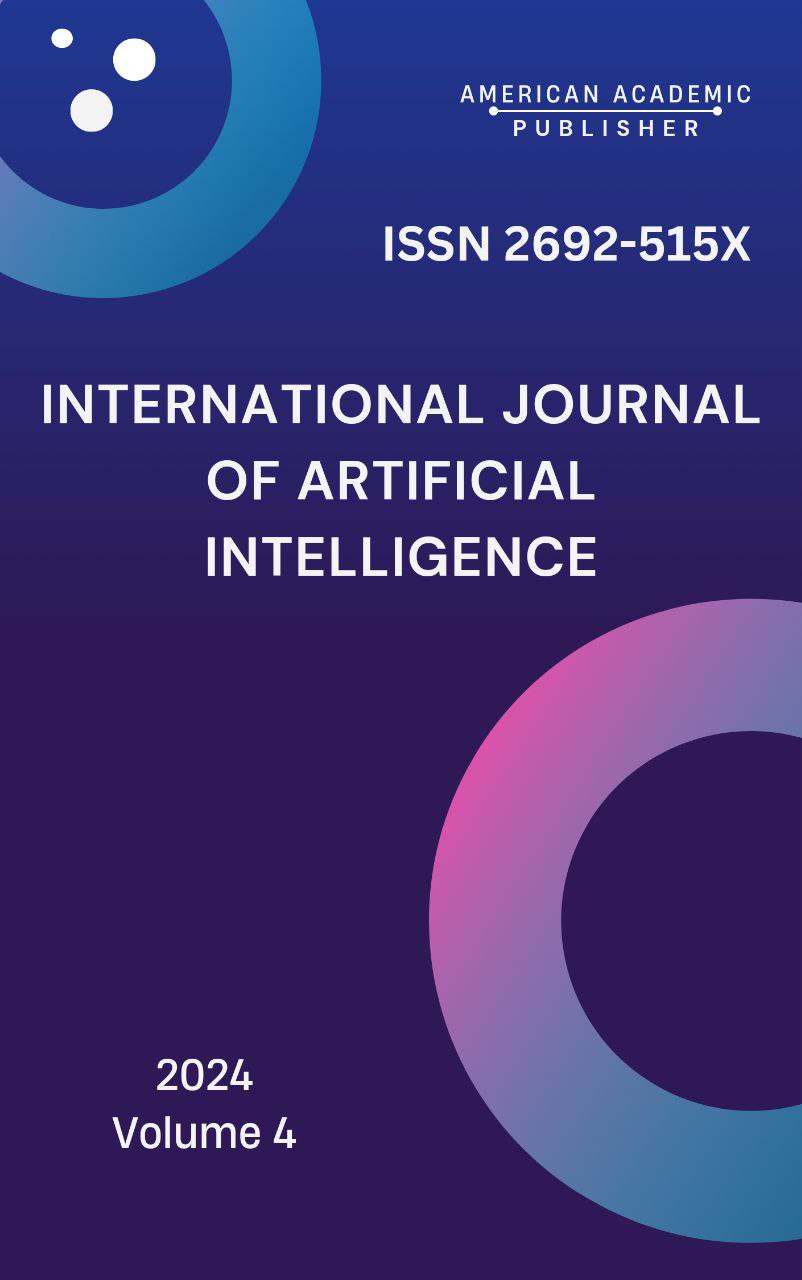 Articles
| Open Access |
Articles
| Open Access | INCREASING THE COGNITIVE ACTIVITY OF PRIMARY CLASS PUPILS
Farmonov Jasur Boyqarayevich,Qahramonova Shohsanam Otabek qizi , Economics and Pedagogy, Karshi, Kashkadarya, UzbekistanAbstract
This article examines strategies for raising elementary school pupils' cognitive activity, or mental potential. 75-80% of mathematics, mother tongue, and reading literacy are 73-78% in the standard teaching technique; 68-75% in the natural sciences; 75-80% of mathematics in non-traditional teaching methods; 73-78% in mother tongue and reading literacy; and 68-75% in natural science mastery rates. The mastery rate following non-traditional training was between 10% and 15% at the same period.
Keywords
cognitive activity, educational methods, traditional education, non-traditional education.
References
R. Ahmed and others. The importance of teaching programming in schools. International Journal of Education and Training (2020)
F. Buitrago-Florez and others. A Study of Student Perceptions Using a Student-Centered Learning Approach in a Malaysian Public University. International Journal of Higher Education (2020)
T. Asparouhov and others. Educational Theories and Higher Education (2008)
S.E. Embretson et al. Improving Impact on Teacher Professional Development: Towards Better Concepts and Measures Educational Researcher (2009)
R.E. Clasen et al., the ICAP Framework: Linking Cognitive Engagement to Active Learning Outcomes Educational Psychologist (2014)
J.M. Sáez-López et al. What cognitive abilities underlie computational thinking? Criterion Validity of a Computational Thinking Test Computer in Human Behavior (2017)
R. Sancar and others. Visual programming languages integrated into the primary school curriculum: a two-year case study using Scratch in five schools Computers and Education (2016)
Article Statistics
Downloads
Copyright License

This work is licensed under a Creative Commons Attribution 4.0 International License.

